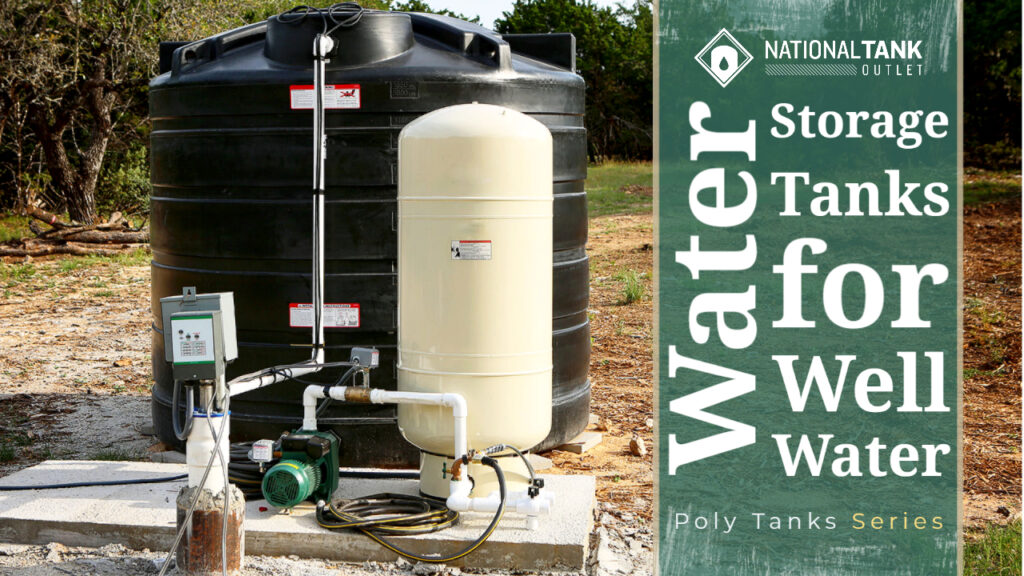
Understanding Water Storage Tanks and Well Water Applications
Looking for ways to improve your groundwater well supply system? Do you consider its overall performance lacking in terms of pressure, capacity, or dependability? Or maybe it’s near the end of the service life for your well pump and you’re looking for a different, more efficient method?
In this Poly Tanks Series post, we will review the draw-ups and draw-downs of incorporating modern water storage tanks within traditional well water supply applications.
Common Shortfalls within Well Water Scenarios
First, let’s define the components and frequent problems of using traditional well water delivery systems for your home, farm or business. From this, we can better understand the contribution modern water storage tanks can make.
Well water is provided by groundwater often deep underground and is delivered by a well pump sometimes installed beneath the earth’s surface. In traditional systems, this pump draws groundwater up through plumbing and delivers it to a well pressure tank that is designed to keep a limited amount of water stored under pressure for delivery to the tap on demand.
The Pressure Tank
The largest problem many encounter with standard well systems is at the pressure tank due to low storage volume. Small water capacity results in frequent cycling (turning on and off) of the well pump. This problem occurs because many commercially-available pressure tanks are fairly limited in their volume range from single-digit gallon tanks to around 60 gallon tanks. The cost of pressure tanks also increases significantly as volumes increase.
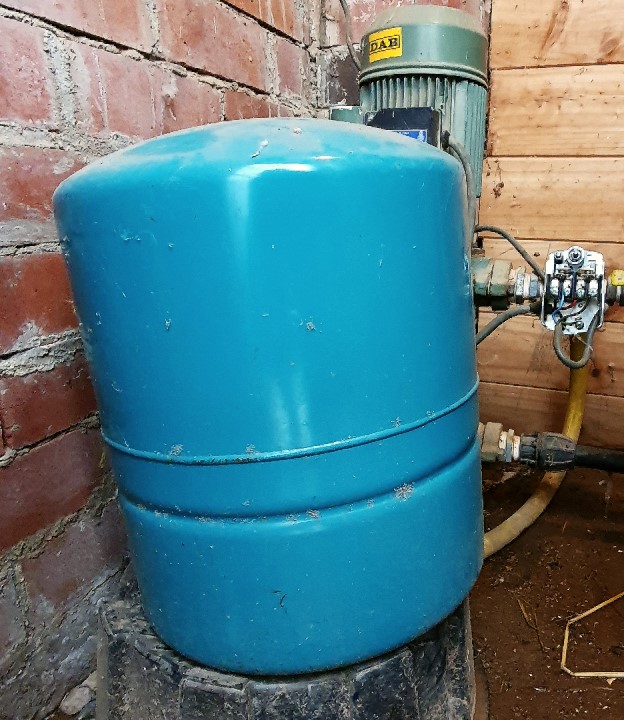
When a well pressure tank has a capacity that is too small for the owner’s intended applications, the stored water can quickly be depleted during peak demands and even times of regular use. This situation can occur multiple times a day. The well head pump must then turn on to replenish lost water and must do so every time volume in the pressure tank runs low. This is a problem because frequent cycling increases the strain on the well pump and can shorten its service life, and when well pumps (sometimes installed over 200 feet underground) quit working, they are at no minimal cost or joy to replace.
Lack of Pressure
Another problem frequent in conventional well water systems can be the lack of optimal pressure at the taps and spigots as groundwater is being delivered.
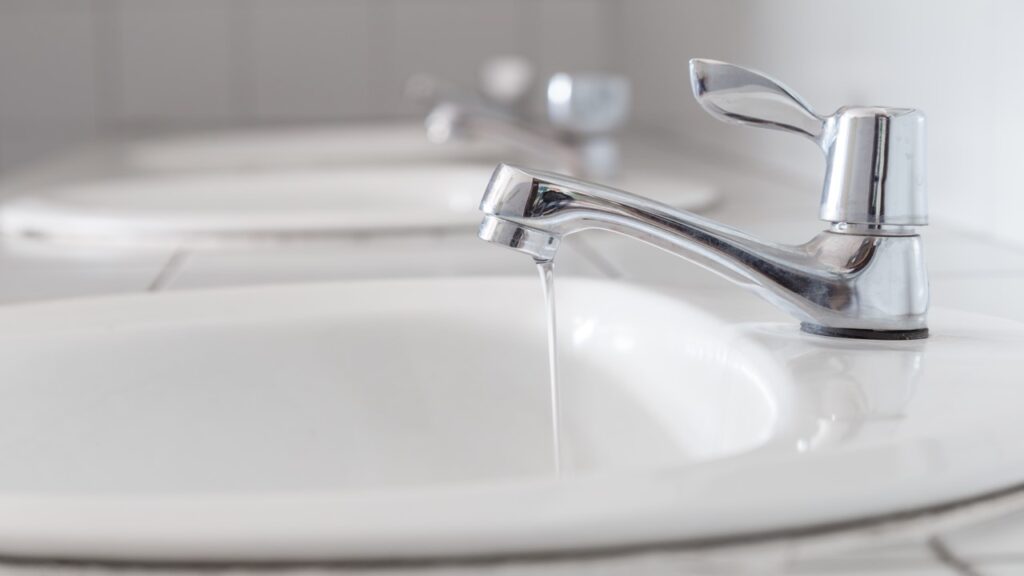
This can be the result of insufficient pump rates, distance from the wellhead, or maximum ground water extraction rates that can depend on environmental factors and governmental oversight. Now let’s consider how these problems in volume and efficiency can benefit from the use of modern storage tanks as well water reservoirs.
Modern Alternatives for Well Water Storage
High Density Polyethylene Storage Tanks
The most common choice for properties on well water, High Density Polyethylene (HDPE) storage tanks are thick plastic, seamlessly manufactured containers that have a definite strength for many handling scenarios.
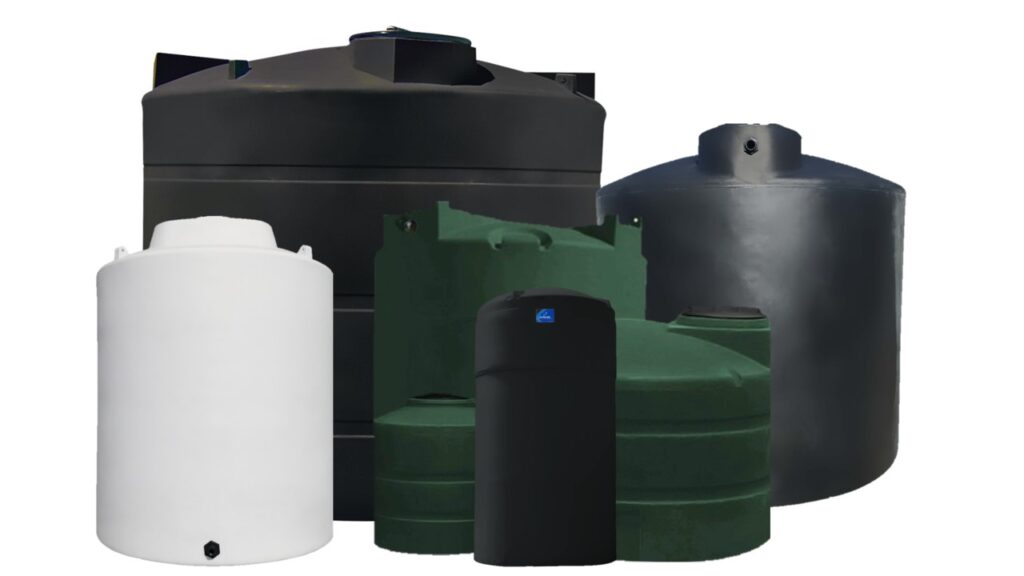
Among modern tank options, polyethylene tanks offer the lowest cost, will not experience corrosion from the well water nor the environment, and they are easy to install, implement, modify and handle.
For well water, HDPE containers are made according to the specific requirements of the FDA, ANSI, and NSF for non hazardous, non toxic, BPA free containers certified for use with drinking (potable) water and outdoor storage. Polyethylene well water storage options range from low volumes around 100 gallons up to a maximum of 20,000 gallons. A 1,000 gallon storage tank option is a common size choice as it provides ample volume and is easy to relocate and clean as necessary.
Galvanized Steel Storage Tanks
Offering the largest capacity range, galvanized steel water tanks have volumes up to and in excess of 100,000 gallons. Galvanized steel reservoirs come with the greatest purchase cost but simultaneously provide increased material durability, greater service life, professional installation, long term warranties and significant volume handling capability.

Galvanized steel tanks will require detailed site preparation, full on-site tank construction, and near-permanent placement as relocation is work-intensive. This tank option is popular among large landowners, cattle ranches, farms and other rural based businesses that benefit from the volume, appearance, and the long-term settlement offered by a galvanized steel water tank.
Stainless Steel Storage Tanks
Stainless steel water tanks offer the highest cost per material weight, excellent cleanliness capabilities, and the best mechanical durability. Stainless steel tanks are limited in their range of operational volumes due to increasing weightiness and cost from more material and are often manufactured under 2000 gallons. They potentially provide the longest service life of the available water tank types and are ideal for indoor setups and use with a filtration system. Stainless steel water tanks can provide an attractive and strong method for storing groundwater but do not provide many of the same scenario benefits as the other material options.
11 Benefits of Modern Tank Options for Well Water Delivery
The following points outline the top 11 benefits of using modern tank options available for well systems and groundwater delivery.
1. Increased Water Storage Capacity
The most transparent benefit, modern tank options provide a much greater volume range over the common pressure tank. With capacities up to or above 100,000 gallons, the amount of stored well water can be increased significantly.
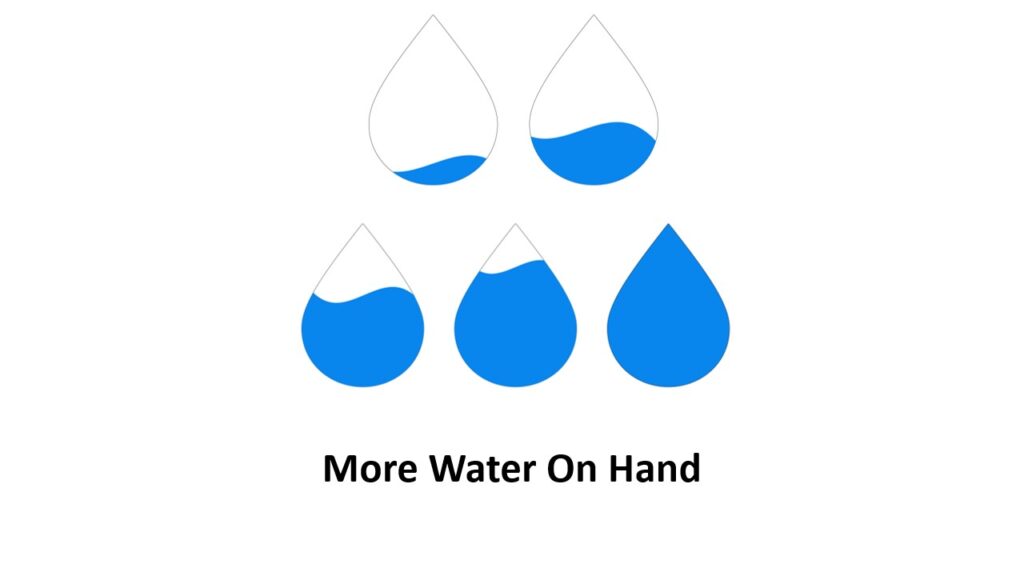
The water can then be used on hand as is without having to be pumped up from the ground every time. Bulk storage tanks that are connected directly to the well pump can collect water and use a float switch device to keep water levels above a set volume, then use an additional water pump to deliver water when needed at the property. This in turn will limit well pump cycling and promote pump dependability and service life.
2. Increased Pump Dependability
Starting and stopping a well pump frequently is harder on the pump mechanics than simply running it. This is why it’s best to reduce the frequency of well pump startups as much as possible to extend the pump’s useful life and prolong the cost of replacement.
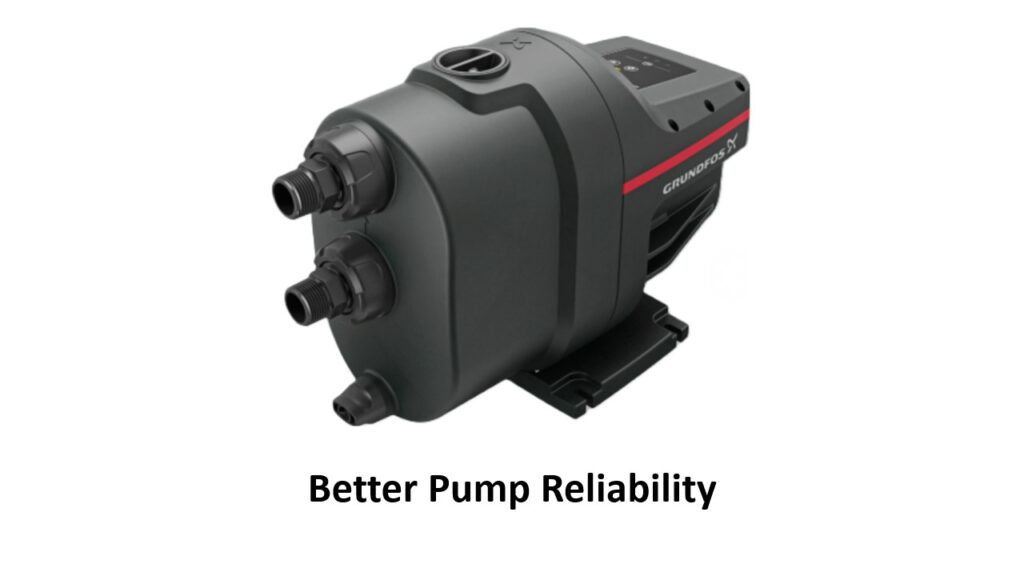
By using a modern storage tank, groundwater can be pumped to this non-pressurized, bulk reservoir rather than to a small capacity pressure tank. This allows for a smaller wellhead pump to be installed due to lessened pressure and flow requirements, which can double, or triple, a pump’s service life and effectively lower equipment purchase and maintenance costs. Such a setup will require an additional water pump at the storage tank to distribute water from the tank to taps.
3. Increased Pressures, Better Flow Rates
In traditional systems, pressure and flow rate is dependent on the underground well pump. The pump is often located at a distance from the end point of use.
Pump operational details of pressure and flow rate are often affected by the distance and work required to move the water from the underground aquifer to the pressure tank. When a storage tank reservoir and a post-tank water pump are used, the desired flow and pressure that reaches the taps can easily be achieved.
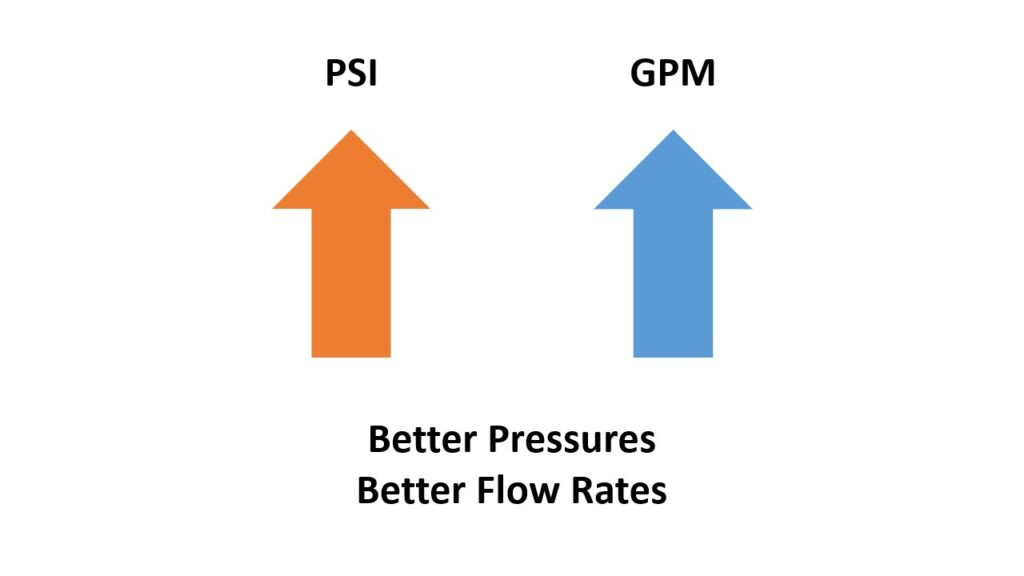
4. Eliminate the Pressure Tank
A well water reservoir tank system can eliminate the limited capacity pressure tank by installing an on-demand booster pump after the tank. An on-demand booster pump differs from the water pump types often used inside groundwater wells and is engineered to better withstand the rigors of repetitive cycling.
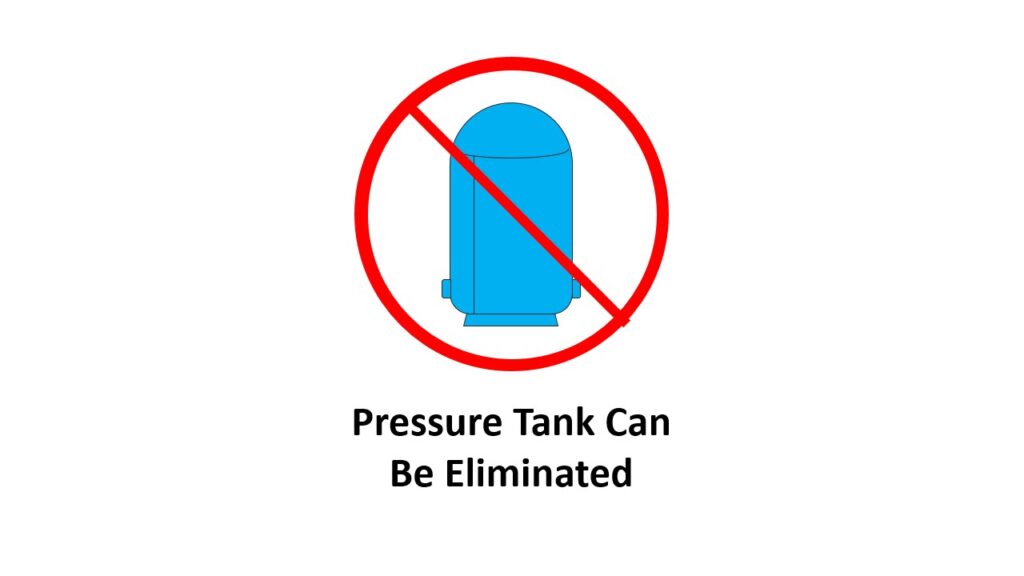
Additionally, the pump is located much closer to the point of use, also effectively reducing the workload on the pump and increasing its maximum service life and dependability.
In a gravity fed system, both the pressure tank and the reservoir water pump can be eliminated. Bulk water storage tanks can potentially provide enough system pressure to not need the common well water pressure tank or pump. This can only be achieved by installing the reservoir tank at enough height to acquire sufficient gravitational energy to pressurize the accompanying system plumbing. Installing the storage tank on a hill above the property or on a tower stand can achieve this.
5. Reduced Cost Per Gallon
With the use of a bulk water reservoir tank, the use of a pressure tank can be eliminated or installed at a minimum capacity. Either scenario allows for less money to be used on the purchase of a well water pressure tank.

On a cost-per-gallon comparison, $300 can buy a 30 gallon pressure tank while the same $300 can buy a 100 gallon to 200 gallon bulk storage tank.
6. Remove Obnoxious Sulfur Gasses
Many groundwater well users report a fairly unwelcome rotten egg-like odor with their well water when they turn on a tap. This odor is associated with elemental sulfur (sulfur gas) as it’s being released to the air. The use of bulk water storage tanks can actually eliminate this unpleasant component of well water without any additives or separate equipment.
By pumping sulfur-containing well water to a storage tank rather than to the pressure tank, the self-venting non-pressurized design of the storage tank allows for the sulfur gas to “evaporate” from the water and vent to the atmosphere outside rather than inside your property at the faucet.

7. Water System Backup During Power Outages
Well systems and pumps require electrical energy to deliver groundwater to the pressure tank. Should electricity fail during a power outage from a storm, hurricane, human activity, etc., water use on the property will also fail when the pressure tank is depleted.
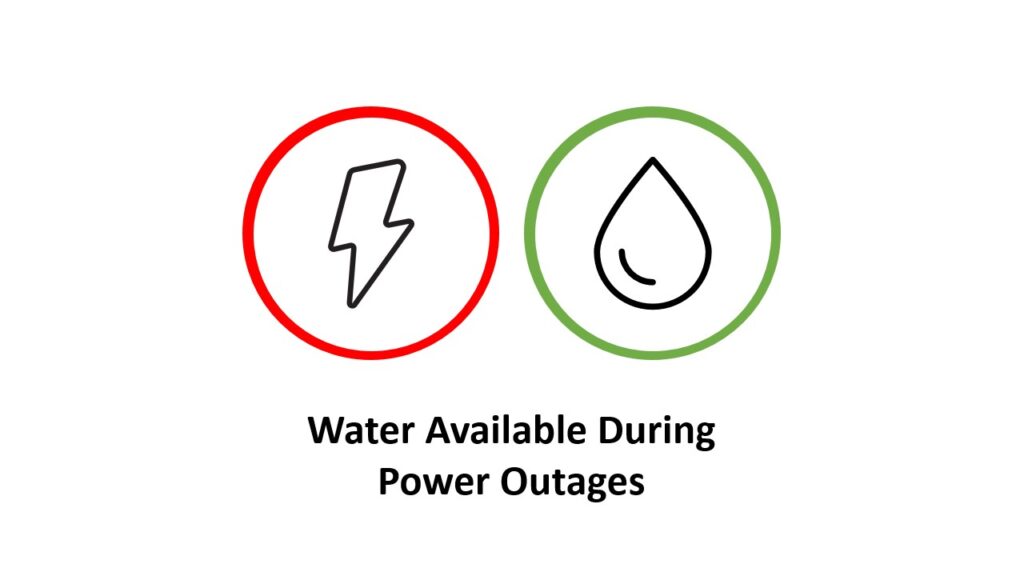
By incorporating a bulk storage tank and positioning it above (uphill) plumbing, water can be available for property use even during significant power failures. For ground level setups, water in the storage tank can still be accessed manually as needed.
8. Stockpiled Water for Other Uses
A significant benefit, having a bulk water tank on the property allows well water to be stockpiled and used for other applications.
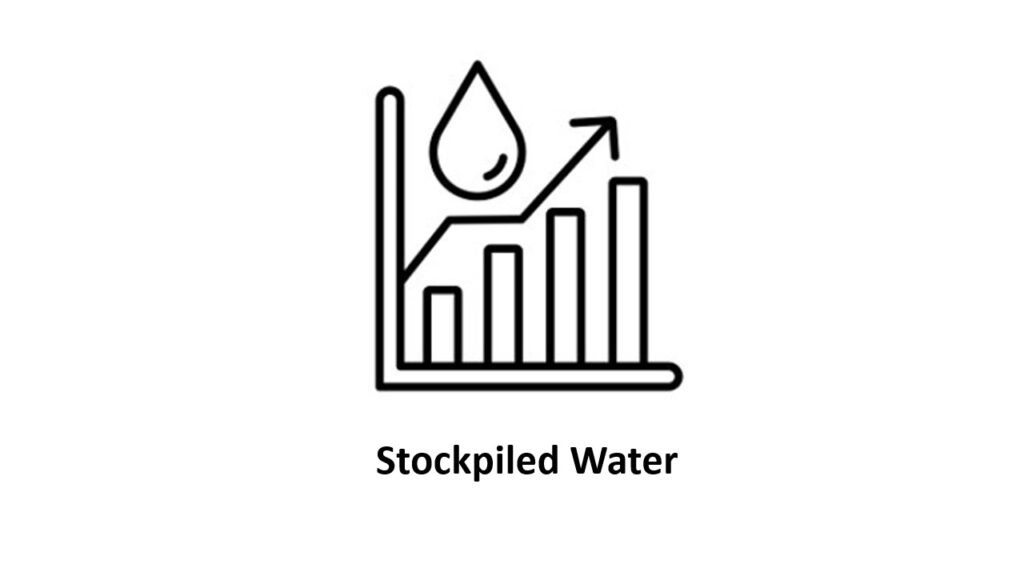
Rather than relying on municipal-supplied water or running the well pump for every use, water can be drawn from the storage tank as needed for the irrigation of crops and animals, manufacturing scenarios, and any other equipment or property use needs such as fire protection.
9. Removal of Sediments
The use of a bulk storage tank provides extra opportunity for screening and/or filtration to occur and remove unwanted sediments. Also, the large tank provides a less diminishing environment for sediment-laden groundwater. Meaning: bulk water volumes will receive minimal turbulence, (consider the same water flow within a 50 gallon tank compared to a 2500 gallon tank), and this allows mineral sediments and metals such as iron the opportunity to settle out of the water.
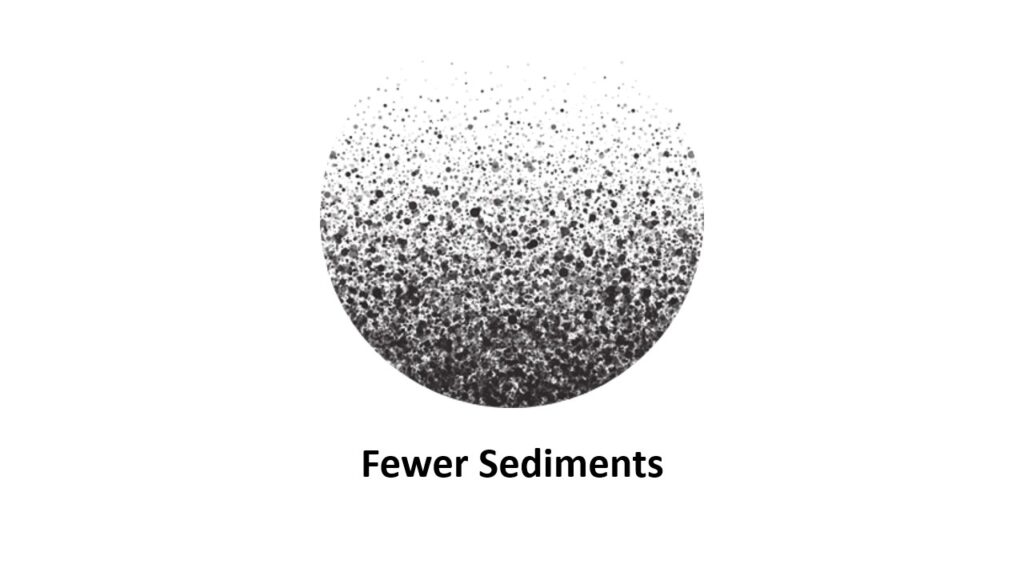
Although the sediment may accumulate over time and lead to necessary tank cleaning, this can reduce the use of extra filters, the impact of minerals on pumps and plumbing, and the amount of sediment flowing from taps.
10. Stability of Underground Storage
Modern polyethylene water tanks are available in models engineered for either above ground or underground installation. If underground installation is acceptable, it is a preferred option and recommended due to benefits both the well water and water storage tank receive.
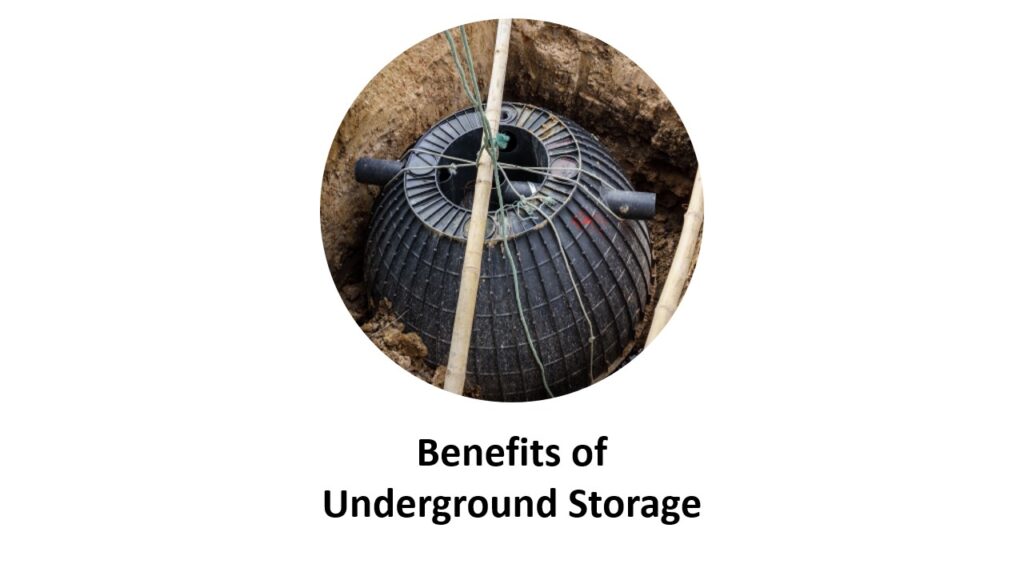
Underground water tanks provide stable storage temperatures, protection against freezing, and protection from sunlight in terms of tank heating and algae growth.
11. Use with Rainwater Harvesting
A final benefit, bulk water storage tanks allow the well water resource to be supplemented by rainwater harvesting. Modern rainwater collection methods can be implemented into a property’s well-based system to provide additional water supplies in the event of restrictions, power failures or simply in the spirit of conservation.
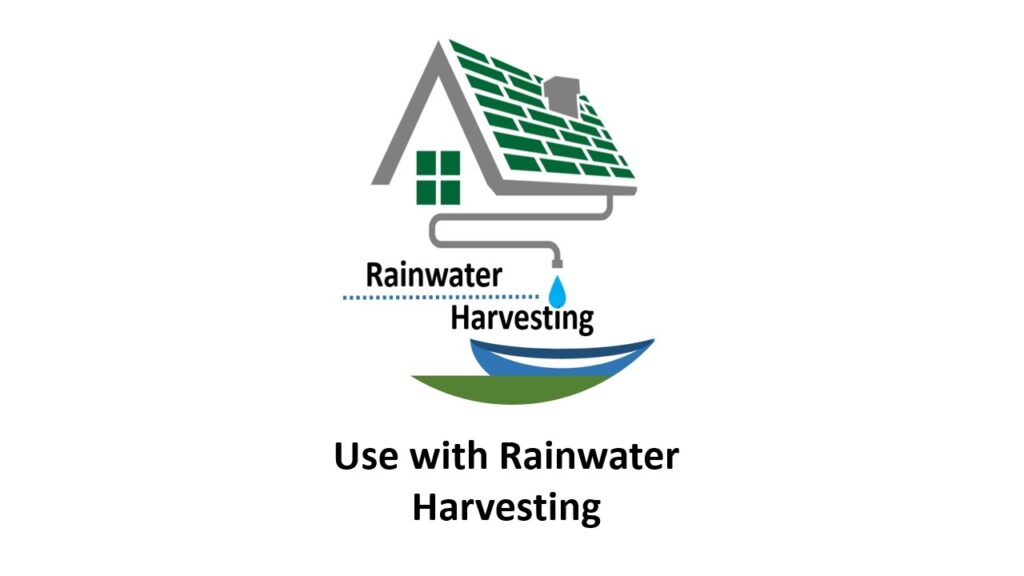
One important note, however, while groundwater may be safe for consumption without filtration or treatment (given laboratory analysis), rainwater that has run across unclean roofs, gutters, etc. is generally not considered suitable for potable uses and should be treated.
Takeaway | Water Storage Tanks for Well Water, Modern Solutions to an Age-Old Scenario
Many farms, businesses and landowners alike have begun to recognize the value that modern bulk water storage tanks can bring to their individual well water applications and property usage. Modern storage tanks are available as reservoirs in the material options of high density polyethylene plastic, galvanized steel and stainless steel.
A well reservoir system can aid situations that experience low flow rate, low pressure, low available capacity and associated frequent pump cycling. When needing consistent water supplies from groundwater well pumping, a tank reservoir can provide a modern solution to this age-old scenario of frequently drawing up well water.
To see our selection of water storage tanks for well water applications, you can find them here.
If you have any questions regarding the use of storage tanks for well water, their integration or our available options, reach out to our team of experts today.